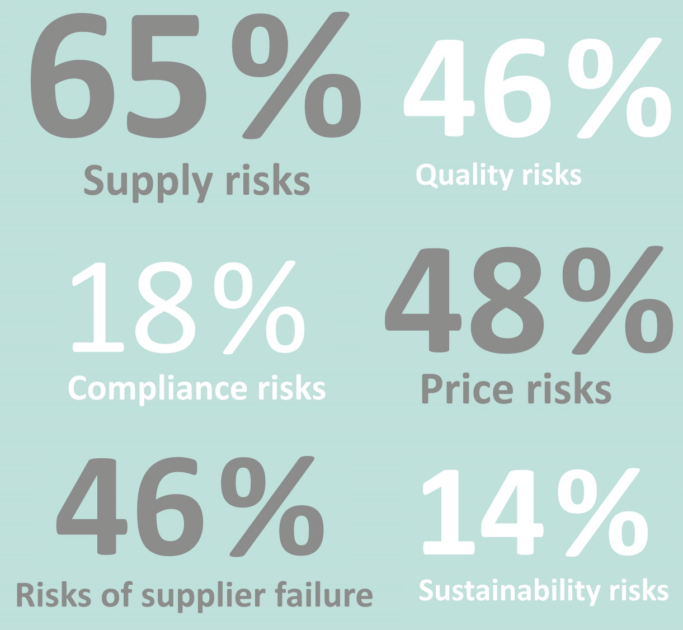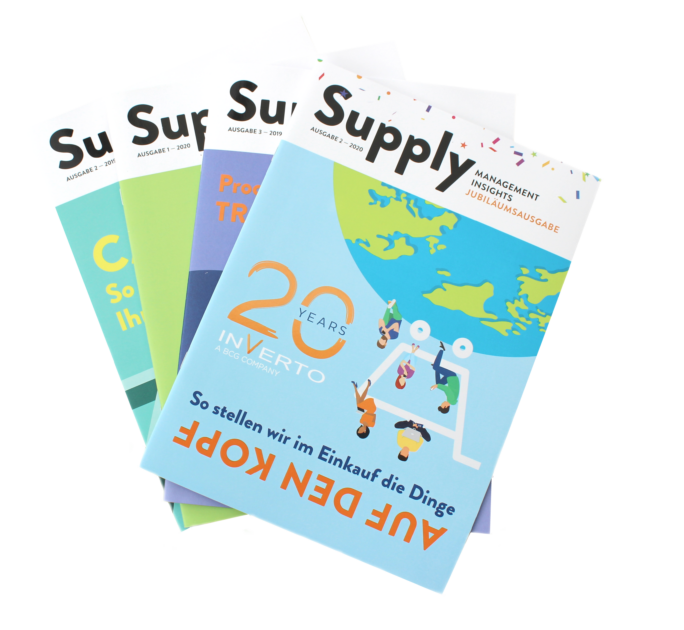Obviously, the situation in procurement markets has been tense due to the strong economic situation over recent years and because of trade barriers. It remains to be seen whether the current economic downturn will calm things down in the market and whether raw material demand and pricing will change.
For this survey, INVERTO interviewed nearly 100 procurement leaders from companies in various industries about how they manage risk. The questions centered on general risks to the business, specific procurement risks, and dealing with them. INVERTO has carried out the survey annually since 2013, enabling us to understand developments in risk assessment in the long term.
For further information on the survey results, please click here.



